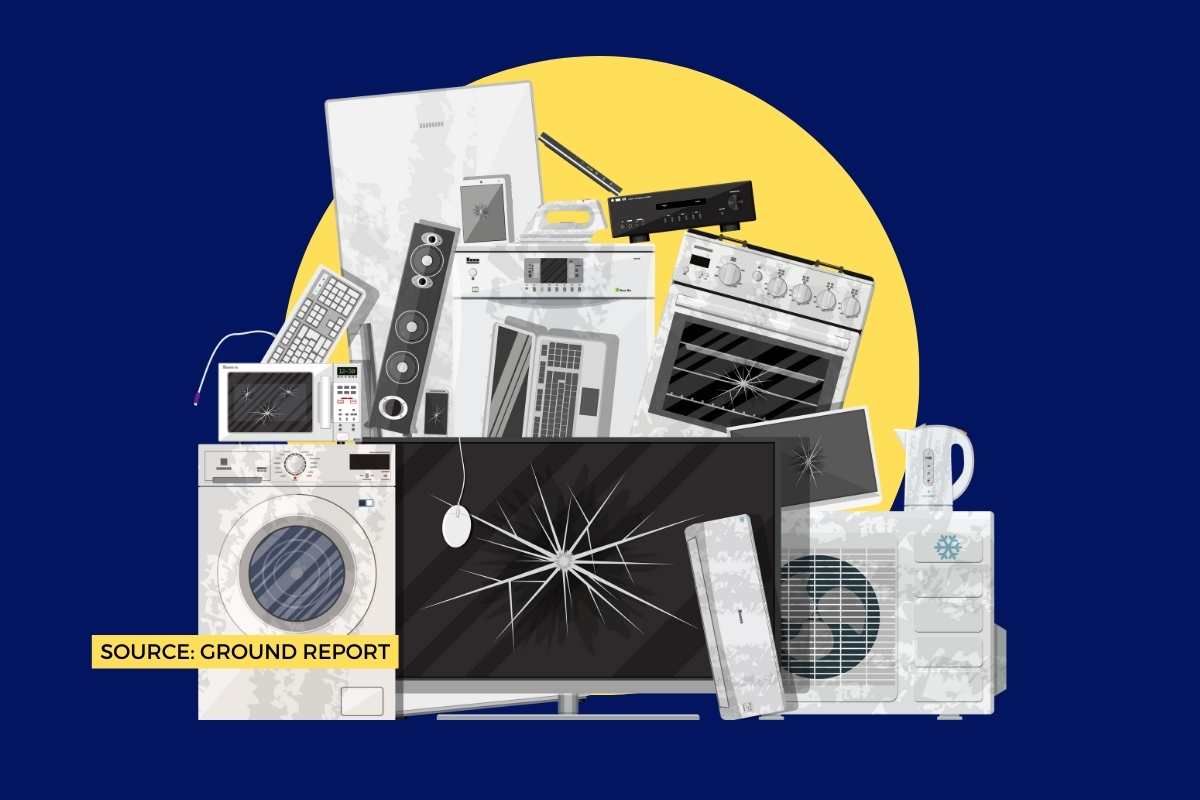A new study warns that cutting boards used to cut vegetables in the kitchen may be an invisible source of very fine plastic particles, which can contaminate our food and harm our health. Cutting boards made of rubber, bamboo, wood, or plastic often develop grooves and cut marks over time from food preparation activities.
Microplastics from chopping boards
The study, published in the American Chemical Society journal Environmental Science and Technology, found that a person may come into contact with 7.4 to 50.7 grams of polyethylene or polyethylene particles per year or 49.5 grams of microplastics due to polypropylene cutting board.
The researchers also found that a cutting board made of polyethylene or polyethylene can produce between Rs 1.45 and 7.19 crores of microplastics per year, while a cutting board made of polypropylene can produce Rs 7.94 crores of microplastics per year.
Comparatively, polypropylene boards generate more microplastics than polyethylene boards, with microplastic emissions 5-60% higher in quantity terms and 14-71% higher in quantity terms.
It is worth noting that the amount of microplastics released depends on several factors, such as the material of the board, the cutting technique, the applied force, the size of the cut material and the frequency of use of the board.
Although the researchers did not specifically investigate the microplastic particles produced by wooden cutting boards in this study, the analysis revealed that wooden boards produced four to 22 times more fine particles compared to plastic boards. This suggests that wood planks have the potential to release considerably more fine particles.
A health risk?
The health effects of these fine particles are still unclear. A toxicity test on mouse cells revealed that plastic and wooden cutting boards did not harm their survival or growth when they released fine particles during cutting. This means that these microparticles did not cause any damage to the mouse cells.
However, previous studies have shown that microplastics can be detected in human blood, lungs, and veins.
A study published in the journal Chemical Research Toxicology has indicated that these microplastic particles can interfere with the cellular functioning of the organism.
The researchers also said that these fine plastic particles can affect the metabolism and development of lung cells or slow them down when they enter the body through respiration or other ways. They can also alter their size.
Another study suggested that microplastics can make bacteria up to 30 times more resistant to antibiotics. The scientists advised that people should clean their plastic cutting boards well and avoid using them. They also said that more research is needed to understand the impact of microplastics on human health and the environment.
Keep Reading
- 16% of India’s water bodies unused, threatening water security
- How chocolate’s byproduct fights climate change?
- As May records wettest during last 10 years in J&K, stats reveal no major change in precipitation
You can connect with Ground Report on Facebook, Twitter, Koo App, Instagram, and Whatsapp and Subscribe to our YouTube channel. For suggestions and writeups mail us at GReport2018@gmail.com.








